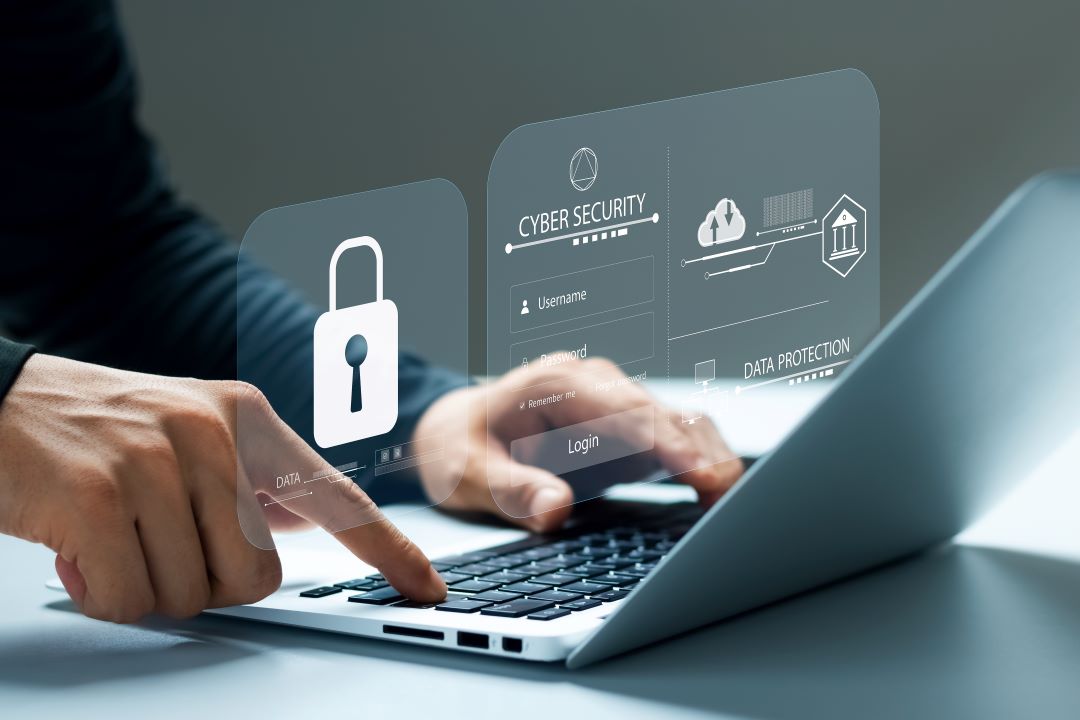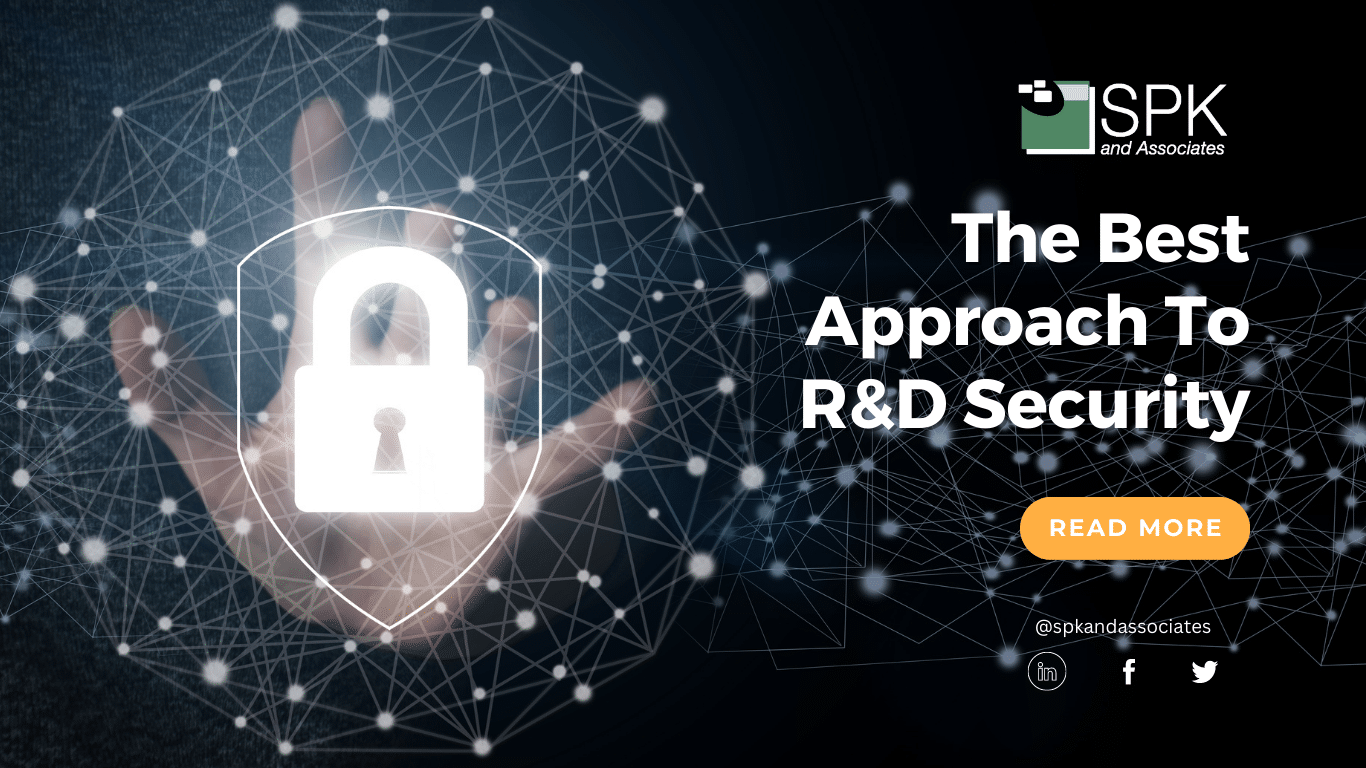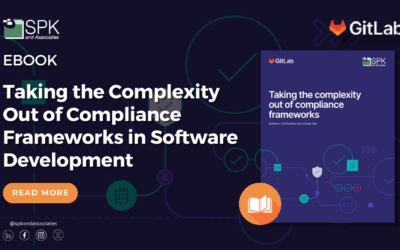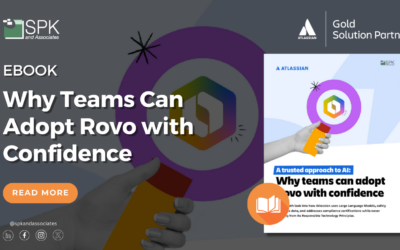It’s not just your products with endpoints that need protection against cybersecurity. Your research and development (R&D) activities need some attention too. In fact, R&D is the cornerstone of innovation, driving progress across various industries. So, embedding cybersecurity for research and development protection makes sense. It can help you protect intellectual property and sensitive data, and can maintain a competitive advantage. So, let’s explore the key R&D security considerations, best practices, and strategies to safeguard innovation.
What’s The Difference Between Cybersecurity For R&D vs Endpoints?
Cybersecurity for R&D and endpoints serve different purposes within your cybersecurity framework. Both hold value when you want to maintain a comprehensive cybersecurity strategy and minimize the risk of cyber threats.
R&D cybersecurity: |
Endpoint security: |
|
|
The Value of R&D Security
Effective cybersecurity in R&D brings numerous benefits, including:
- Intellectual Property Protection: Safeguard patents, trade secrets, and proprietary information from theft and industrial espionage.
- Data Security and Privacy: Ensure the security and compliance of sensitive research data, customer information, and business data.
- Mitigating External Threats: Reduce the risk of phishing attacks, malware, ransomware, and social engineering targeting R&D data.
- Internal Security Risks: Mitigate risks posed by insider threats through strict access controls, user monitoring, and cybersecurity awareness.

High Profile Examples of R&D Cybersecurity Breaches:
These high-profile examples of R&D cybersecurity breaches serve as stark reminders of the potential consequences of poor R&D security measures.
- 2020 – The SolarWinds supply chain attack compromised the software updates of SolarWinds, resulting in unauthorized access to numerous networks, including government agencies.
- 2010 – The Stuxnet attack targeted Iran’s nuclear facilities, causing physical damage and highlighting the vulnerability of critical infrastructure and R&D efforts.
- 2009 – The Google Aurora attack aimed at accessing the intellectual property and sensitive data within Google’s R&D systems.
NIST Cybersecurity Framework For R&D
The NIST cybersecurity framework for R&D provides guidelines to manage cyber risks, including risk assessment, security controls, and monitoring. It emphasizes access controls, secure configurations, and encryption to protect sensitive data and intellectual property in the research and development sector.
Key Challenges and Solutions According to NIST:
NIST identifies several challenges in cybersecurity R&D that need to be addressed:
- Risk Assessment: Developing effective risk assessment methodologies is crucial for accurately identifying and mitigating cybersecurity risks. Researchers must focus on creating reliable frameworks to assess potential vulnerabilities and their potential impact.
- Privacy and Usability: Balancing privacy and usability with security measures is a challenge. R&D efforts should prioritize the development of user-friendly and privacy-preserving cybersecurity solutions that do not compromise security.
- Emerging Technologies and Threats: As technology continues to advance, new threats emerge. Cybersecurity R&D must be forward-thinking, focusing on addressing emerging technologies like the Internet of Things (IoT), artificial intelligence (AI), and quantum computing.
NIST suggests several solutions to overcome these challenges:

- Collaboration: Foster collaboration between government, academia, industry, and international partners to leverage collective expertise and resources. This collaboration promotes knowledge sharing, innovation, and effective cybersecurity practices.
- Public-Private Partnerships: Strengthen public-private partnerships to enhance R&D efforts. This collaboration allows for shared insights, funding, and access to specialized expertise, accelerating the development and implementation of cybersecurity solutions.
- Testbeds and Experimentation: Create testbeds and experimentation environments that simulate real-world scenarios. These platforms enable researchers to evaluate the effectiveness of cybersecurity solutions, refine their approaches, and develop robust metrics for measuring their impact.
R&D Security For Highly-Regulated Industries
It’s no surprise in regulated industries R&D security is a non-negotiable due to:
- The sensitive nature of the data they handle. For example highly confidential and personal information.
- Their intellectual property being highly sought after by cybercriminals.
- The strict compliance requirements they must meet.
- Hackers viewing them as lucrative targets for cyber attacks
Therefore, implementing robust security measures to protect R&D increases dramatically to ensure compliance with industry-specific regulations and safeguard critical assets.
R&D Security Considerations in Highly Regulated Industries:
- Healthcare Industry: Protecting patient data, medical research, and clinical trial information.
- Pharmaceutical Industry: Safeguarding drug research, patent information, and manufacturing processes.
- Financial Services Industry: Securing proprietary algorithms, transaction data, and customer information.
- Energy and Utilities Industry: Protecting research on renewable energy, infrastructure designs, and sensitive operational data.
- Government and Defense Industry: Safeguarding classified information, defense technologies, and national security interests.
14 Best Practices for R&D Protection
Here are some best practice principles to ensure security is baked into your R&D lifecycle as standard:
- Build and maintain test environments that replicate customer environments to address potential issues and ensure thorough testing and validation.
- Create a robust fortress for network, cloud, and system architectures considering security best practices and threat modeling.
- Conduct prompt and thorough defect analysis to identify and address software bugs, enhancing the security and reliability of your R&D systems.
- Foster collaboration between cybersecurity experts like SPK, R&D teams, and stakeholders to stress-test vulnerabilities.
- Conduct comprehensive risk assessments to identify vulnerabilities and threats specific to your R&D activities and systems. Then prioritize your security efforts.
- Implement strong access controls. For example, role-based access, multi-factor authentication, and least privilege principles, to limit access to sensitive R&D data and systems.
- Configure R&D systems securely by following the principle of least functionality, disabling unnecessary services, and regularly updating and patching software.
- Accept the modern workplace is under attack. So, encrypt sensitive R&D data at rest and in transit.
- Follow secure coding practices. For example, input validation, output encoding, and proper error handling. This can help prevent common vulnerabilities like injection attacks and buffer overflows.
- Conduct periodic vulnerability assessments and penetration testing to proactively identify and address weaknesses in R&D systems. You can do this manually through lists, forums and subscriptions. Or, through automated tools such as Nessus and Qualys.
- Develop a tailored incident response plan. And ensure it includes containment, eradication, and recovery procedures.
- Provide regular cybersecurity training to educate R&D personnel about risks, phishing attacks, social engineering tactics, and best practices.
- Implement secure collaboration platforms and data sharing mechanisms with proper access controls and encryption.
- Implement robust monitoring and auditing processes to detect and investigate suspicious activities, unauthorized access attempts, or breaches in your R&D environment.
A Note On Cloud Architecture R&D Security:
If R&D activities involve cloud-based environments, securing the cloud architecture becomes critical. Organizations should follow best practices for cloud security, such as employing strong authentication mechanisms, encrypting data in transit and at rest, and implementing strict access controls. It is crucial to select reputable cloud service providers with robust security measures and regularly monitor and review the security posture of the cloud infrastructure.
Need Support With R&D Security?
Contact our expert cybersecurity team here to identify, protect and stress test your endpoint security vulnerabilities.






